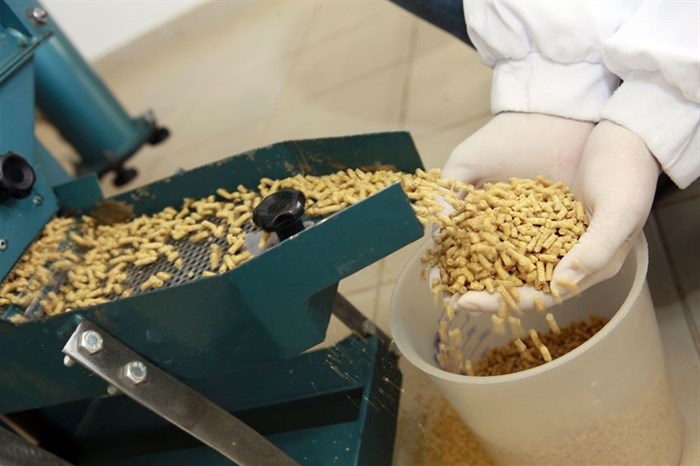One of the most common practices for the control of salmonella in feed products was the use of formaldehyde as a feed additive. However, the EU Commission has recently voted to ban the use of formaldehyde for this purpose (EU 2018/183).
The main reason for this change is the carcinogenic and toxic effect of formaldehyde on the people handling the chemicals, who are directly exposed to it (EFSA FEEDAP Panel, 2014). The Food and Drug Administration (FDA) Food Safety Modernisation Act (FSMA), the most sweeping food and feed safety reform in United States (US) history, has also introduced the Final Rule for Current Good Manufacturing Practice, Hazard Analysis, and Risk-based Preventive Controls for Food for Animals (in force since 2017, 21 CFR Parts 11, 16, 117 et al). The new rule requires every facility that produces, processes, packs, or holds animal feed to implement a written feed safety plan that focusses on preventing hazards in animal feed.
Increased pressure for feed processors
At the same time, the agricultural sector is moving away from preventive antibiotics. The first step to avoid the use of antibiotics is to improve hygiene in feed processing as well as in animal handling facilities. All this puts increased pressure on feed processors to deliver feed free of pathogens and to reduce the use of antibiotics or additives such as formaldehyde, all at low cost.
Ensure high-quality raw materials
The first step to prevent salmonella occurrence in the feed is to ensure high-quality raw material. Feed producers should have a supplier approval and auditing process in place which specifies raw material handling practices (e.g. good agricultural practices) and allowed levels of hazards in the raw materials. Furthermore, raw material should be inspected and tested on arrival. An action plan should be set in place in case salmonella is detected (which would frequently happen).
Prevention of growth of micro-organisms
One of the most important measures feed processors can implement to prevent growth of bacteria is to keep the moisture level of the feed and processing environment low and stable. This can include controlled conditions during storage, as well as appropriate drying of incoming raw material and feed after pelleting (below 14% moisture). Emphasis should also be placed on avoiding condensation, which can be done by the introduction of hot air drying of the equipment (e.g. conditioner or transport elements) or heating mats when not in use.
Implementation of reliable salmonella kill step
Infeed processing, the thermal processing step such as conditioning and retention before pelletising is typically regarded as a kill step for bacteria. Even feed products which do not have pelleting, extrusion or expansion as part of the process, can have an extra conditioning and retention step implemented, followed by a drying and optionally cooling stage. Typical heat process conditions used by feed manufacturers are between 75°C and 85°C for several minutes. It should be noted that moisture addition also has a high influence on microbial kill.
Avoidance of recontamination
Implementation of an inactivation process alone cannot solve the problem. It would also mean that hygienic levels must be increased and more hygienic processing must be ensured directly after such a step. This means appropriate factory zoning, separating raw material areas from post-kill step areas, hygienic building design, and relevant equipment design. All potential sources of microbial contamination should be identified, eliminated or controlled. For example, an air filtration system for product cooling air can be installed (if it was identified during the risk assessment that the air is the source of contamination).
Continued improvement and training
To effectively implement the above steps, all personnel involved in the manufacture, storage, and handling of feeds and feed ingredients must be adequately trained and aware of their role and responsibility in maintaining feed and consequently food safety. Often, the implementation of the best feed safety solutions requires collaboration with technology suppliers, feed and food producers.

























